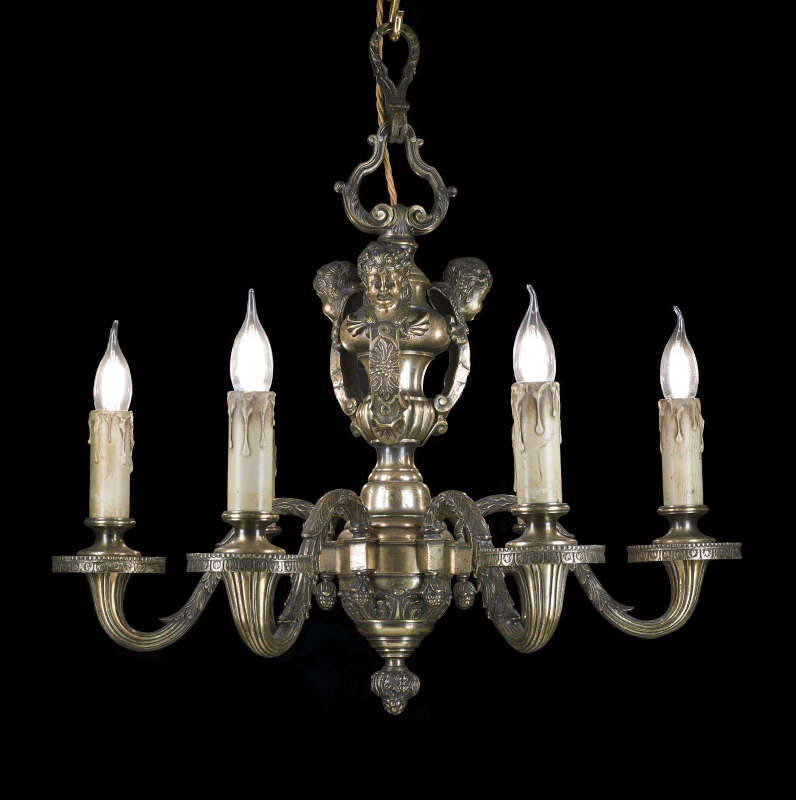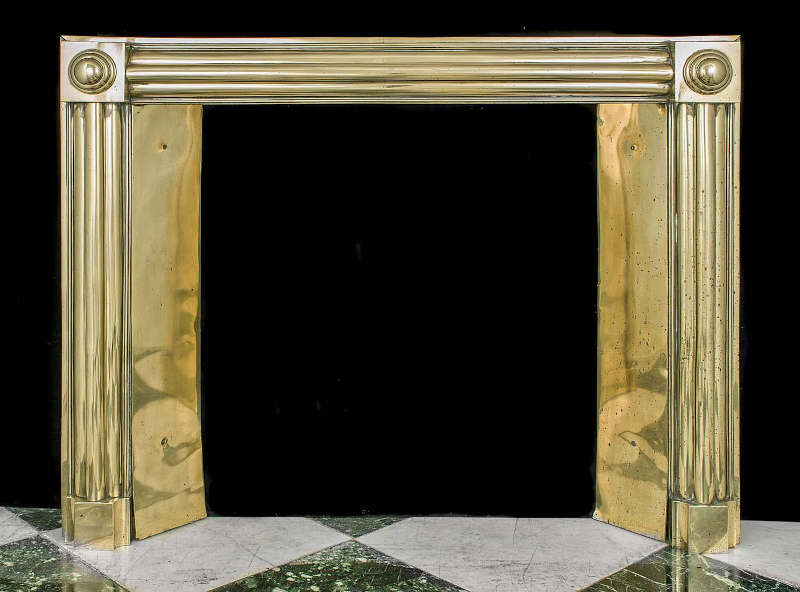There’s plenty to think about when deciding how to clean antique brass but don’t worry, we have you covered.
Brass is very durable and fairly resistant to corrosion. As practical as it is beautiful, in one form or another, it has been in use for over three million years!
Over time, the alloy tarnishes and while this reflects its authenticity as antique brass, if left unchecked then it could look like a lower quality material.
So whether it’s a Regency fireplace insert or French Baroque chandelier, how do you clean antique brass?
Read on for our five top tips to make sure that when you’re weighing up how to clean antique brass, you don’t risk tarnishing it yourself.

× 
1. Avoid abrasives
Avoid getting any abrasive powder or liquid cleaner in fine details
Don’t use wire wool in case you scratch the surface and damage your antique brass.
Similarly, avoid getting any abrasive powder or liquid cleaner in fine details as it can leave a white residue that can be hard to remove.
One thing to be prepared for with how to clean antique brass, is that it may need some ‘elbow grease’ to remove signs of tarnish or grime - but abrasives are rarely the solution.
2. Check for lacquer
You’ll know if your antique brass is lacquered, since it won’t show signs of tarnish
Many antique brass artefacts are already lacquered, to prevent tarnishing.
It’s a clear coat covering the surface to protect antique brass from corrosion via natural air, moisture and so on.
You’ll know if your antique brass is lacquered, since it won’t show signs of tarnish.
If it’s only a little dirty or showing a few fingerprints, it should be straightforward to clean with a soft cotton cloth, warm water and mild soap - just don’t submerge it underwater.
Lacquered antique brass must not be polished with abrasives - and damaged lacquer, peeling or chipped and showing metal underneath, must be restored by an antique brass professional.
3. Check for solid brass
Does your antique have a thin brass plate or layer?
If it isn’t a solid antique brass piece then you’ll need to be even more careful when cleaning it. Otherwise, you risk damaging it and removing some of the surface metal.
Use a magnet to see if it sticks to your antique. It won't stick if it’s solid brass - if it does, the magnet is likely reacting to a base metal underneath a thin brass covering.
In this case, there should only be light dirt or marks to polish off - warm water and mild soap, then drying with a soft cloth or cotton wool, should brighten up the brass again.

× 
4. Use homemade cleaners for small antique brass items
Whatever cleaner you create, try it first on a small hidden section of your antique brass item
For non-lacquered, solid antique brass, you may prefer to try a homemade solution for smaller pieces.
Just take care not to use anything potentially abrasive, such as baking soda, vinegar or lemon juice - despite the common belief that these are appropriate for brass cleaning.
Whatever cleaner you create, try it first on a small hidden section of your antique brass item, to be on the safe side in case it’s fragile or of quite high value.
Tomato paste, even ketchup and sauce, should remove tarnish. Leave it on the antique for an hour, then wash it off gently with mild soap and warm water, drying it lightly with a soft cloth.
5. Use branded products for large antique brass pieces
Specific products from shops should be carefully designed, safe and easy solutions for how to clean antique brass.
For example, Brasso has been in use in the UK for over a century.
Be careful not to inhale fumes from store-bought cleaners, but you may find they are the most efficient products for large antique brass items, for example a bed.
You might not need much - you can use the rest to clean anything made of copper, steel or chrome.
Summary: how to clean antique brass like an expert
In short, how do you clean antique brass?
If it’s lacquered, or only a thin layer of brass, it should be easy to clean using a little soapy warm water and a soft dry cloth.
Otherwise, you could try using tomato paste or buying a branded antique brass cleaning product.
Don’t use anything abrasive and that includes baking soda and lemon juice - not just according to us, but also the British Antique Dealers’ Association (BADA).
Remember though that there is nothing wrong in calling upon a professional antique restorer if you’re not 100% certain on how to clean your antique brass products.
If you have any queries about our collection of antiques or antique fireplaces please contact us.